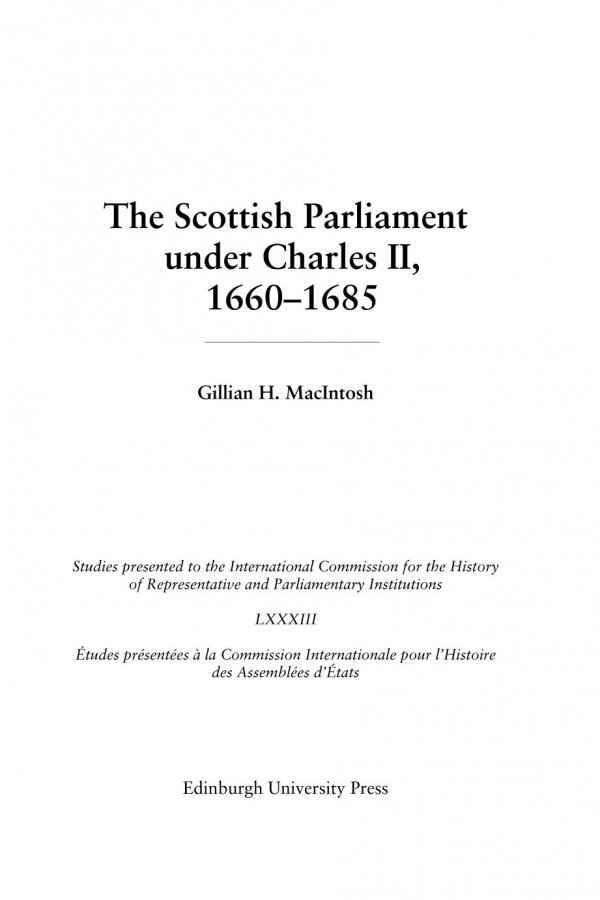

Most ebook files are in PDF format, so you can easily read them using various software such as Foxit Reader or directly on the Google Chrome browser.
Some ebook files are released by publishers in other formats such as .awz, .mobi, .epub, .fb2, etc. You may need to install specific software to read these formats on mobile/PC, such as Calibre.
Please read the tutorial at this link: https://ebookbell.com/faq
We offer FREE conversion to the popular formats you request; however, this may take some time. Therefore, right after payment, please email us, and we will try to provide the service as quickly as possible.
For some exceptional file formats or broken links (if any), please refrain from opening any disputes. Instead, email us first, and we will try to assist within a maximum of 6 hours.
EbookBell Team

0.0
0 reviewsOn 14 May 1660, Charles II, restored to the throne of his father, was proclaimed king of Great Britain and Ireland at the market-cross of Edinburgh, bringing to an end over twenty years of internal upheaval. At the subsequent meeting of the Scottish parliament in January 1661, the ascendant royalist administration sought to abolish all constitutional innovations introduced during the revolutionary period in an attempt to secure the royal prerogative and prevent a repeat of rebellion from below. This book traces the background to the restoration of the monarchy in Scotland, explains why the Scottish political elite were so willing to relinquish power back to the king and assesses the impact of the restrictive Restoration constitutional settlement on subsequent parliamentary sessions in the reign of Charles II. It provides for the first time a detailed account of Charles II's Scottish parliament - who attended and why, what they did and parliament's role under an increasingly authoritarian crown. Tracing the path from the widespread popular royalism that marked the beginning of Charles II's reign to the increasing violence and resistance which the attempted reassertion of the royal prerogative provoked, each session of parliament is set within the political and historical context of the time in which it sat, to provide a fresh perspective on a previously neglected area of Scottish history.